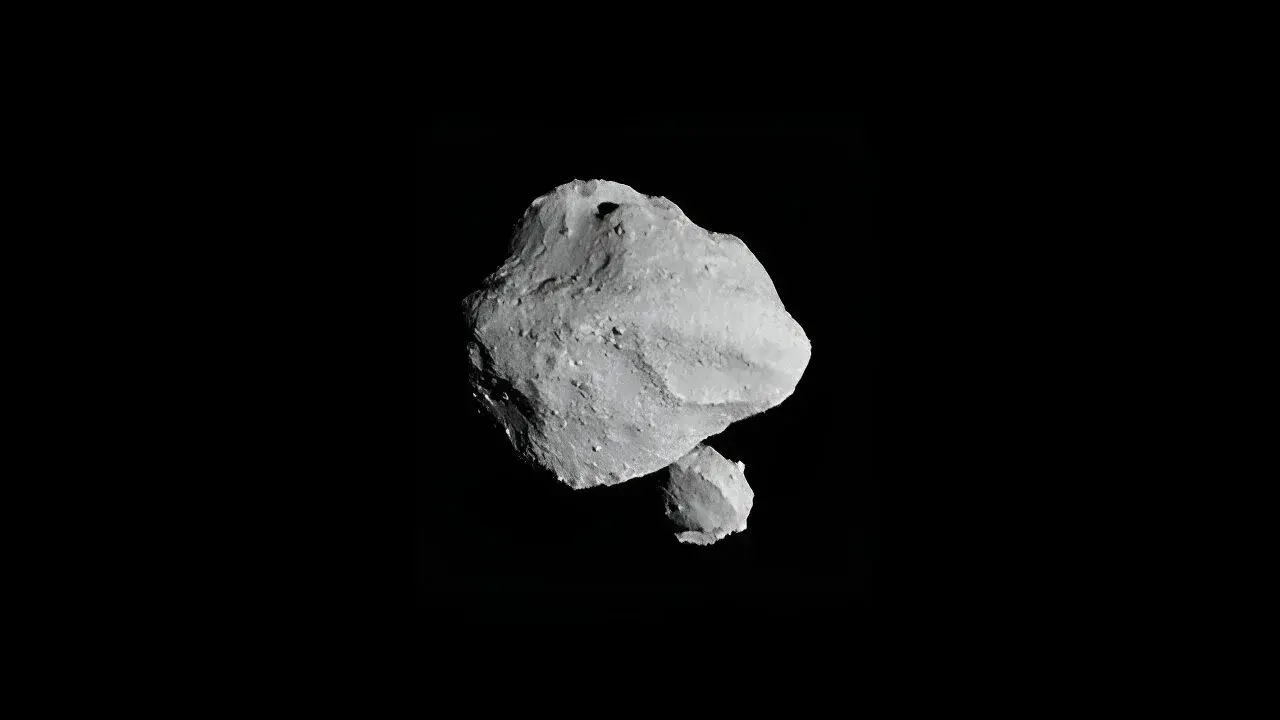I wonder how many asteroids are actually binaries or full systems in the solar system. Fuck, the asteroid mining age is going to be so cool.
Your last sentence says so much, good and bad. Well done.
Ok, so this thing is just 790m across and has something that’s 220m across orbiting it 435km away?
That thing must be denser than average Trump voter.Can someone with orbital-mechanics-math-foo care to explain how this works? I’m completely out of my depth.
I can’t do the maths but I can explain it quite simply I think.
Unlike most other forces (like magnetism), gravity doesn’t have a “finite range”. Gravity works across as long a distance as you’d like. The only thing is that gravity drops off as you get further away.
However, for something to be in orbit, it just needs to fly around an object as fast as it is pulled towards it by gravity. So the weaker gravity is, the slower the orbiting body must move. That’s why a Mars year is longer than an Earth year - the Sun’s gravity pulls less on Mars as it’s further away, and thus Mars moves slower around the sun (it’s also a larger orbit so there’s more distance to travel).
So the asteroid need not weigh a lot to have a moon that is far away. The moon just needs to go sufficiently slow around the asteroid.
Also, it’s likely that the orbit is not circular but rather an eccentric ellipse. So sometimes the moon would be closer, sometimes further away.
Where are you finding the orbital radius?
Article says the probe was 435km away.
The presumably non-edited photo looks a lot closer.
Oh, my bad. I think read it bit too fast. Or it just blew my mind and I mixed things up.







